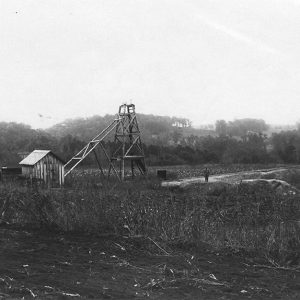 Titanium Mine
Titanium Mine
Entry Category: Cities and Towns - Starting with T
 Titanium Mine
Titanium Mine
 Toad Store
Toad Store
 Toad Race
Toad Race
 Toad Suck Daze
Toad Suck Daze
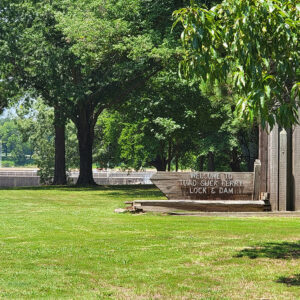 Toad Suck Ferry Lock and Dam
Toad Suck Ferry Lock and Dam
 Toad Suck Sign
Toad Suck Sign
Toledo (Cleveland County)
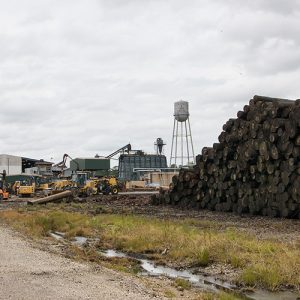 Toler & Sons
Toler & Sons
Tollette (Howard County)
Tomato (Mississippi County)
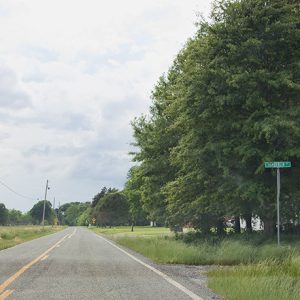 Tomberllin
Tomberllin
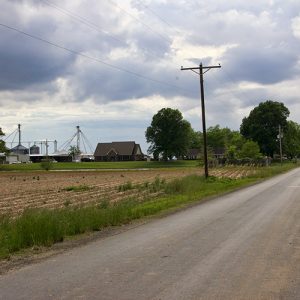 Tomberlin
Tomberlin
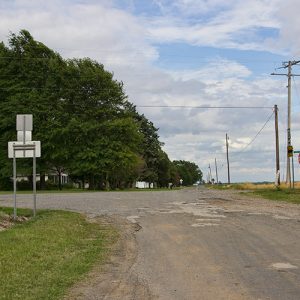 Tomberlin
Tomberlin
Tomberlin (Lonoke County)
aka: Tomberlins
Tontitown (Washington County)
 Tontitown Catholic Church
Tontitown Catholic Church
 Strong Tornado Damage
Strong Tornado Damage
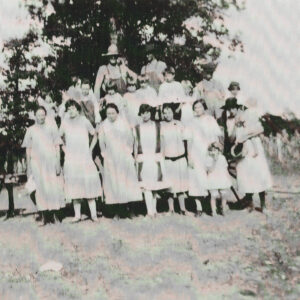 Tracy Ferry School
Tracy Ferry School
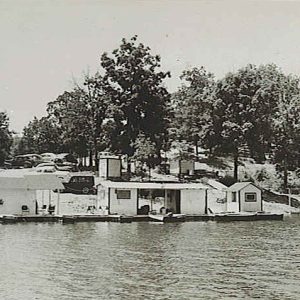 Tracy's Landing
Tracy's Landing
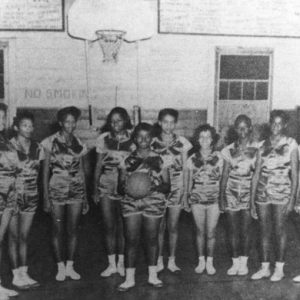 Training School Girls Basketball Team
Training School Girls Basketball Team
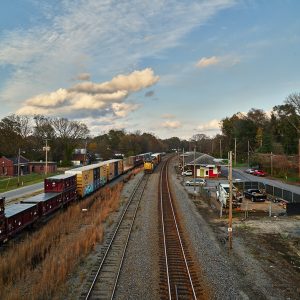 Trains at Depot
Trains at Depot
Traskwood (Saline County)
 Traskwood Church
Traskwood Church
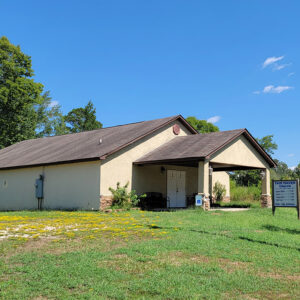 Traskwood Church
Traskwood Church
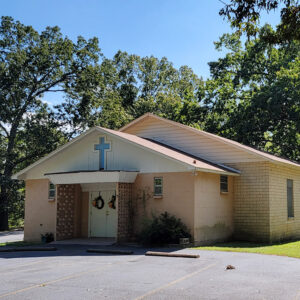 Traskwood Church
Traskwood Church
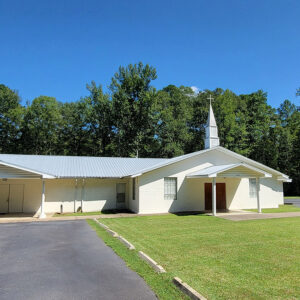 Traskwood Church
Traskwood Church
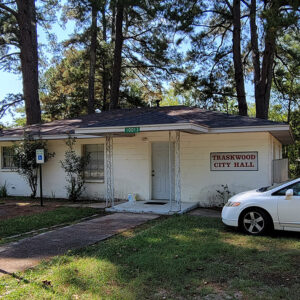 Traskwood City Hall
Traskwood City Hall
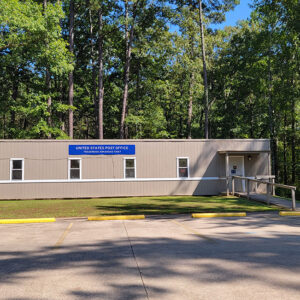 Traskwood Post Office
Traskwood Post Office
 Traskwood Street Scene
Traskwood Street Scene
 Traskwood Tracks
Traskwood Tracks
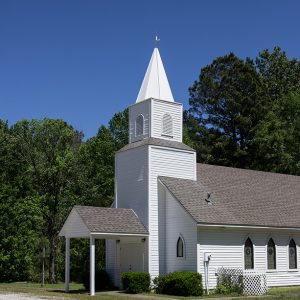 Trinity United Methodist Church
Trinity United Methodist Church
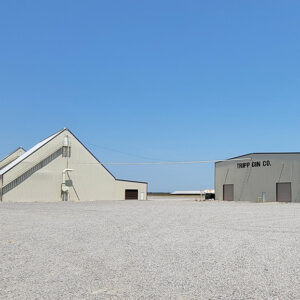 Tripp Gin Company
Tripp Gin Company
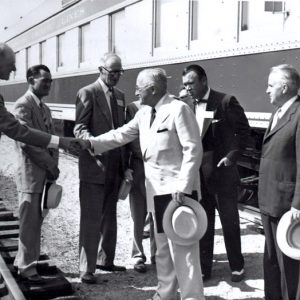 President Truman at Cotter
President Truman at Cotter
Trumann (Poinsett County)
 Trumann Depot
Trumann Depot
Tuckerman (Jackson County)
 Tuckerman Church
Tuckerman Church
 Tuckerman Depot
Tuckerman Depot
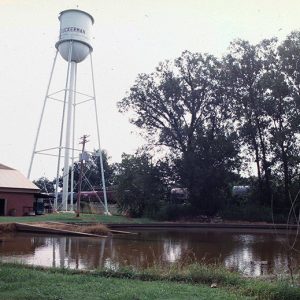 Tuckerman Water Tower
Tuckerman Water Tower
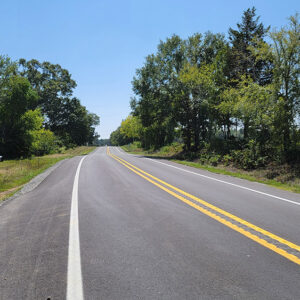 Entering Tulip
Entering Tulip
Tulip (Dallas County)
 Tulip Cemetery
Tulip Cemetery
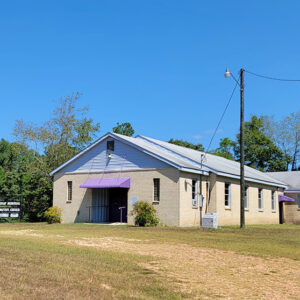 Tulip Church
Tulip Church
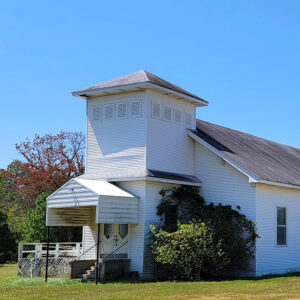 Tulip Church
Tulip Church
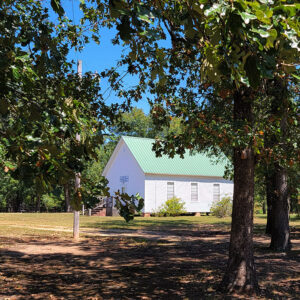 Tulip Community Building
Tulip Community Building
 Tulip-Princeton Fire Department
Tulip-Princeton Fire Department
Tull (Grant County)
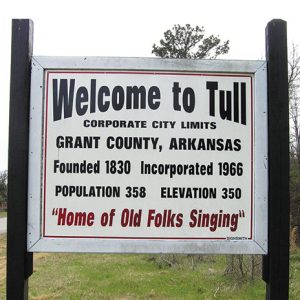 Tull Welcome Sign
Tull Welcome Sign
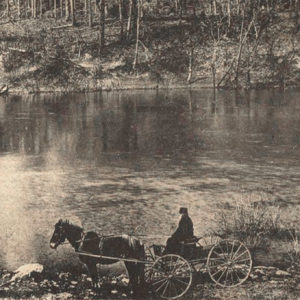 Tumbling Shoals Ferry
Tumbling Shoals Ferry




